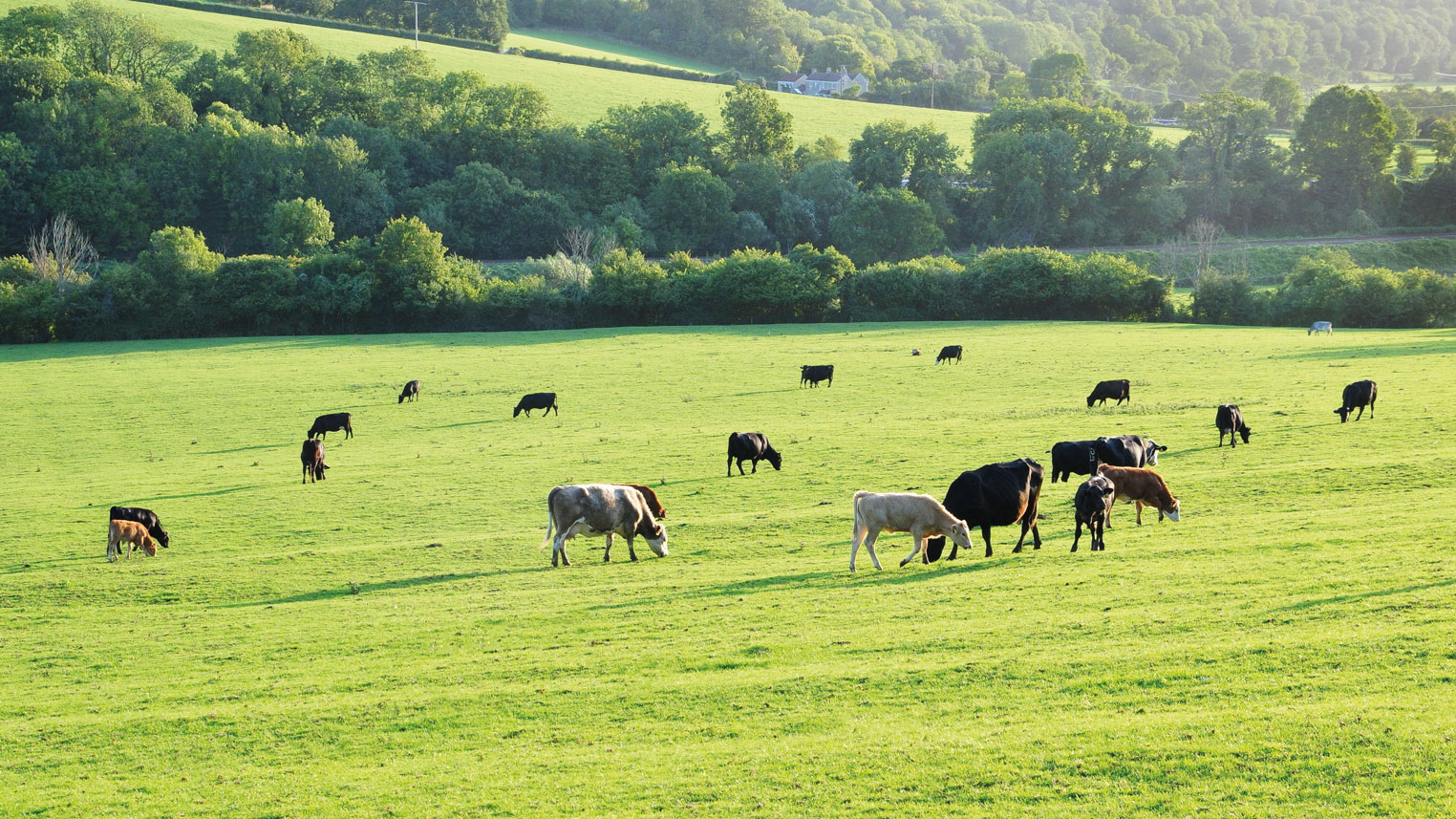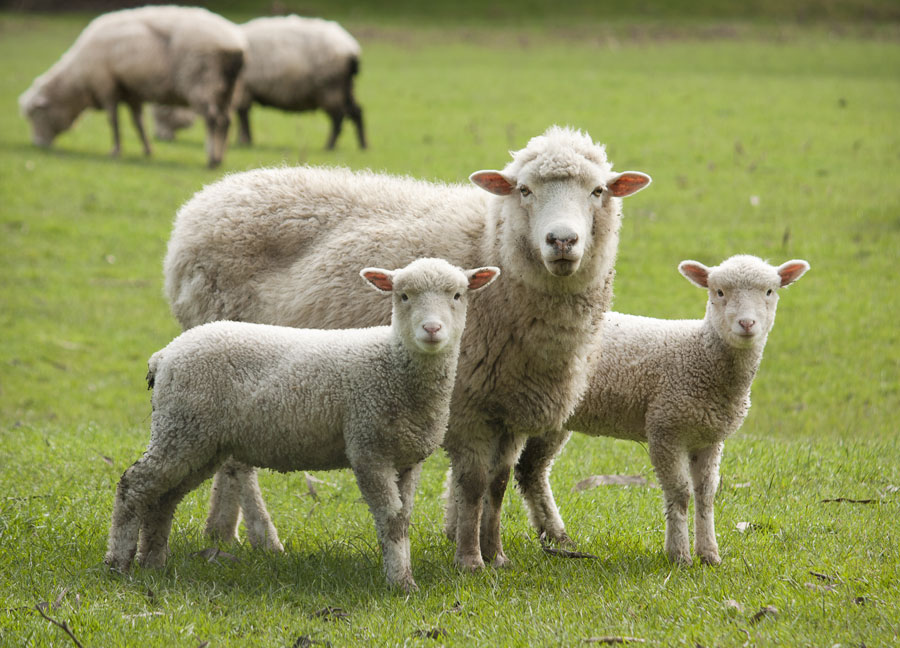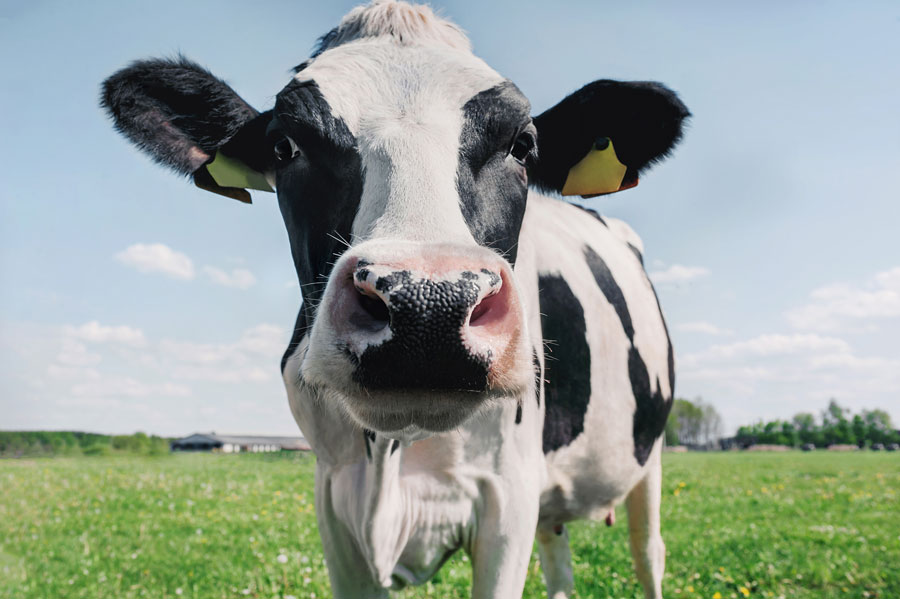Cattle and sheep health: Trends for 2021
30th December 2021
As recent research suggests lameness-related issues and endemic infectious disease continue to be the key factors affecting production efficiency on cattle and sheep farms, livestock editor Sarah Kidby spoke to farm vets for their views on health trends from 2021, and advice for the coming year.
Commenting on the impact of increasingly unpredictable weather, Phillip Jones from Willows Veterinary Group, part of VetPartners, noted that while 2021 was actually less problematic than the previous few years there was a longer grazing season due to mild weather. This will have been welcome in the short term but runs the risk of problems further down the line, he added.
“I would expect – certainly in the first part of winter – that there might be an increase in worm burden compared to previous years. We’ve certainly seen a high level of lungworm cases. It’ll be interesting to see how that translates to later on in the winter, certainly going into January/February time.” How this affects disease prevalence early in 2022 will depend on weather conditions and how soon cows can be turned out.
Mr Jones advises vigilance to ensure problems are detected earlier for better outcomes; generally at this time of year lots of faecal egg counts will be carried out for early identification and to inform responsible wormer use. To increase longevity of the herd and avoid some of the more serious disease issues, lots of clients will also have been vaccinating for respiratory disease at housing.
As lameness continues to be a key concern for cattle and sheep health and productivity, Will Gratwick (pictured right) from LLM Farm Vets emphasised the importance of regular mobility scoring to identify the level of lameness you have – as this is often underestimated. Then, engaging with vets and foot trimmers to come up with a plan to improve it. It’s important to note how much the cause varies from farm to farm, he added, so there is no ‘one size fits all’ solution. While some believe lameness issues are unavoidable, there are farms with very little lameness, Mr Gratwick noted. A key point is controlling digital dermatitis with an effective foot-bathing programme and routine preventative foot trimming, as well as identifying lame cows early.
Antibiotic use
Despite a challenging year, the latest RUMA report revealed that livestock sectors have continued to make good progress on antibiotic use targets. Clinical director of Westpoint Farm Vets in Chelmsford, Ami Sawran (left), said the industry’s “decisive and successful effort” to reduce antibiotics should be “applauded”.
She added: “It means that we are relying more on diagnostic tests, and preventative measures such as vaccination and effective biosecurity. As we endeavour to only use as little as possible, but as much as necessary, even more focus will be placed on proactive health planning alongside your vet.
“This is also pertinent in terms of parasite management, as we have seen rather more extended ‘risk periods’ due to the milder weather, meaning that there should be increased drive to monitor parasite burdens in all farmed species much earlier in spring, and further into winter than in previous years.”
Marked increase in vaccine uptake
MSD Animal Health has, meanwhile, reported a demonstrable increase in uptake of key vaccinations for preventable ruminant livestock diseases, and a move towards prevention rather than cure. “The use of sheep vaccines has increased during 2021, fuelled in part by better than average lamb prices we suspect, but also by a recognition that it pays to invest in immunity-led disease prevention rather than rely on antibiotics,” commented MSD veterinary adviser Dr Kat Baxter-Smith (pictured below).
“We have certainly seen strong growth from our clostridial disease and abortion vaccine portfolio, as well as increased adoption of vaccination as part of the Five-Point Plan to control sheep lameness.”
Dr Baxter-Smith believes increased adoption of vaccines represents a step change by sheep producers who are trying to make their enterprises more resilient and productive. There has also been strong demand from cattle farmers in the autumn for respiratory disease vaccines. Relying on antibiotics to manage pneumonia outbreaks is no longer practical or desirable. “We do sense that with the drive to become more sustainable, the industry disease management momentum is now more firmly behind prevention rather than cure. Certainly, the farm vets we talk to on a daily basis are reporting more productive discussions about the value of vaccines.” Dr Baxter-Smith said it is “heartening” to see vaccine rates rising for a number of key diseases that “impact so negatively on farm profitability and sustainability”. FG



